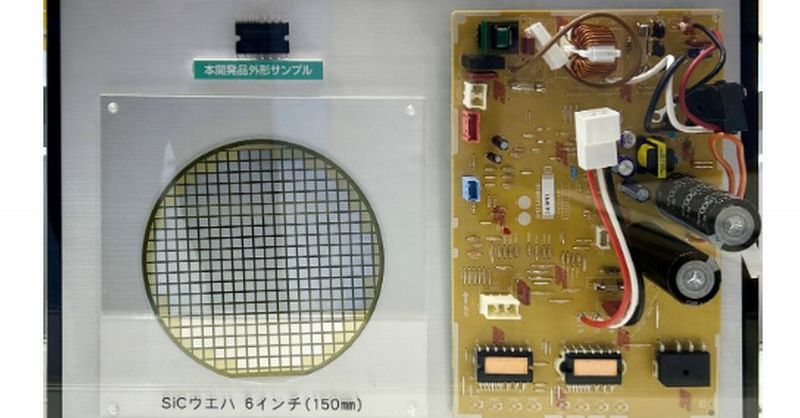Revolutionary SiC IPM: Saving Energy in AC Units
The quest for energy efficiency is constantly driving innovation across various sectors, and the air conditioning industry is no exception. Traditional AC units consume significant amounts of energy, contributing substantially to household electricity bills and overall carbon footprint. However, a revolutionary technology is poised to change that: Silicon Carbide (SiC) Intelligent Power Modules (IPMs). This groundbreaking advancement promises significant energy savings and improved performance in air conditioners, making it a game-changer for both consumers and the environment.
What are SiC IPMs and How Do They Work?
Silicon Carbide (SiC) is a wide-bandgap semiconductor material offering superior properties compared to traditional silicon (Si) used in conventional IPMs. These superior properties translate to significant advantages in power electronics applications, such as those found in AC units. SiC IPMs feature:
- Higher switching frequencies: This allows for smaller, lighter, and more efficient power converters.
- Reduced switching losses: Leading to less wasted energy and improved overall efficiency.
- Higher operating temperatures: Enabling more compact and robust designs.
- Improved power density: Meaning more power can be achieved within a smaller footprint.
Essentially, SiC IPMs allow for more precise and efficient control of the power flow within the AC unit, minimizing energy loss throughout the cooling cycle. This translates directly to lower energy consumption and reduced operational costs.
SiC IPMs vs. Traditional AC Technology: A Comparison
| Feature | SiC IPM-based AC Unit | Traditional AC Unit |
|---|---|---|
| Efficiency | Significantly Higher | Lower |
| Size & Weight | Smaller & Lighter | Larger & Heavier |
| Operating Cost | Lower | Higher |
| Environmental Impact | Reduced | Higher |
| Reliability | Potentially Improved | Can be variable |
The Environmental Impact of SiC IPM Adoption
The widespread adoption of SiC IPMs in air conditioners has the potential to dramatically reduce global energy consumption and greenhouse gas emissions. Consider these points:
- Reduced electricity demand: Less energy needed to achieve the same cooling capacity translates to lower demand on power grids.
- Lower carbon footprint: Reduced energy consumption directly contributes to lower CO2 emissions.
- Improved sustainability: SiC IPM technology supports a move towards more sustainable and environmentally friendly cooling solutions.
The Future of Energy-Efficient Cooling
Experts predict that SiC IPM technology will become increasingly prevalent in the air conditioning industry. As manufacturing processes improve and economies of scale kick in, the cost of SiC IPMs is expected to decrease, making them a more accessible and attractive option for manufacturers and consumers alike. This widespread adoption will pave the way for a significant reduction in global energy consumption and a greener future for air conditioning.
Choosing an Energy-Efficient AC Unit: Tips for Consumers
When purchasing a new air conditioner, consumers should look for units incorporating SiC IPM technology. While this information might not always be explicitly stated, searching for units marketed as "high-efficiency" or those with high SEER (Seasonal Energy Efficiency Ratio) ratings is a good starting point. Always check reviews and compare energy consumption data before making a purchase.
Keywords: SiC IPM, Silicon Carbide Intelligent Power Modules, energy-efficient AC, air conditioning, energy savings, environmental impact, sustainable cooling, high-efficiency AC, SEER rating, power electronics, wide-bandgap semiconductor
(Call to Action): Learn more about energy-efficient cooling solutions and the benefits of SiC IPM technology by visiting [link to relevant resource/website]. Make a difference and choose a greener future for cooling!
